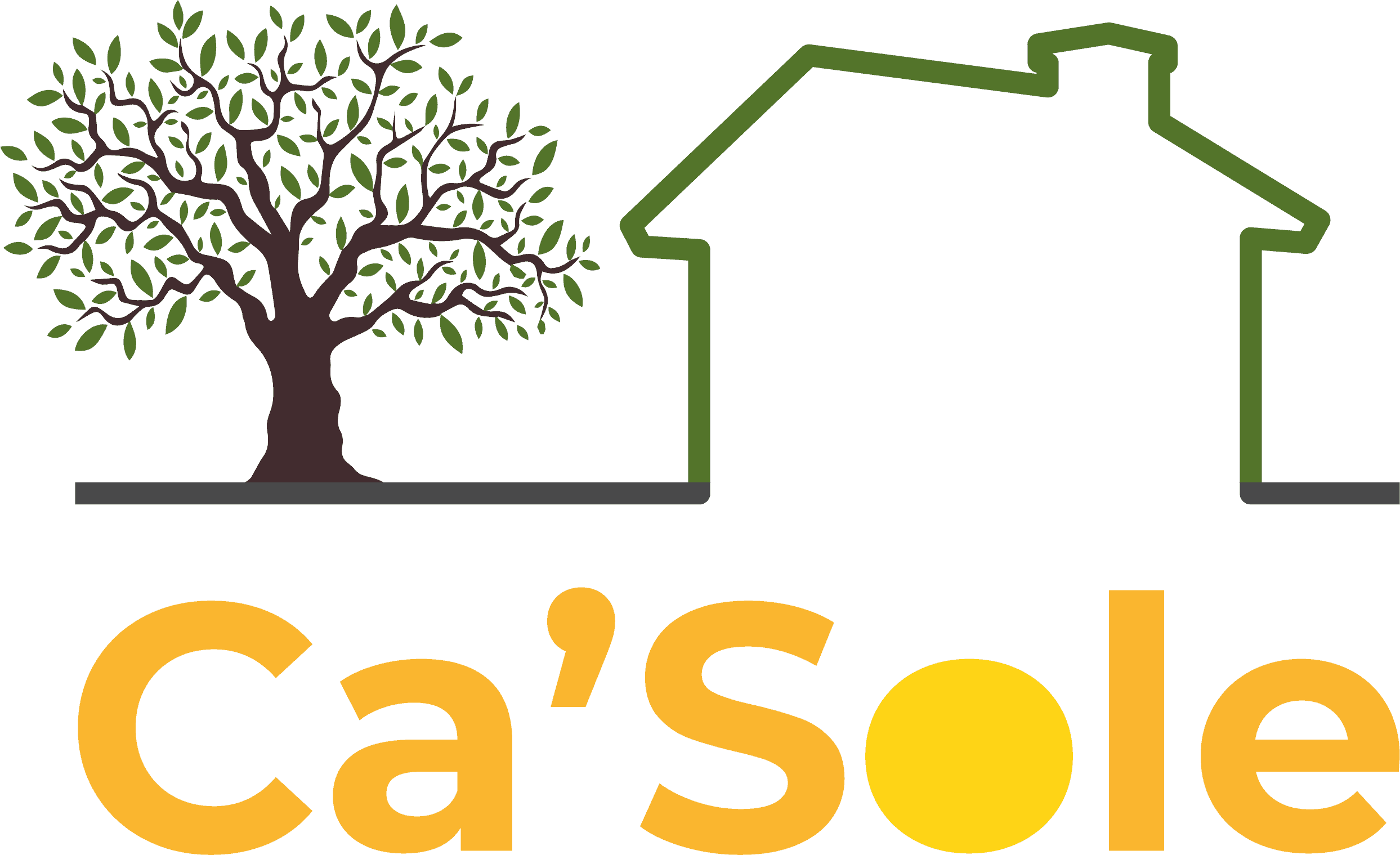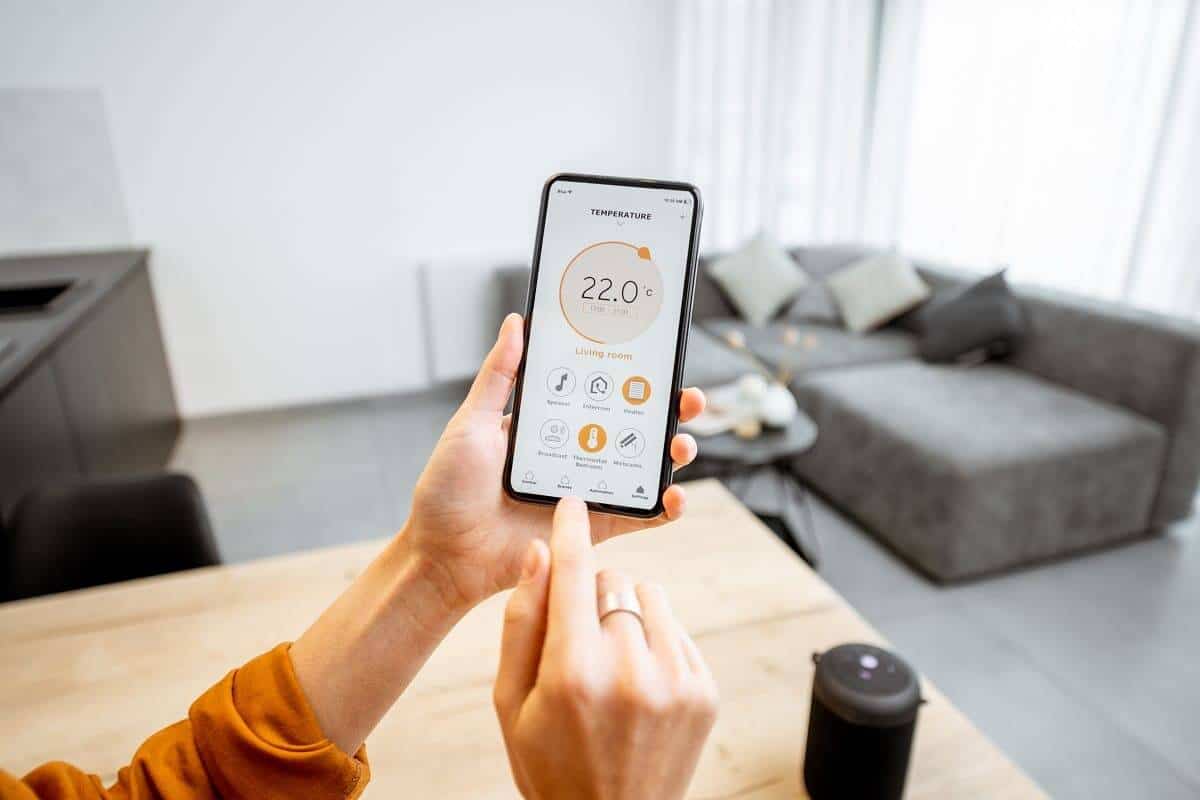The digitalisation of residences for the elderly has become a major issue in recent years. Home automation in a senior residence will facilitate their daily life and provide them with security against domestic risks. In addition, home automation will reassure the family by providing monitoring and alert tools. Home automation can be divided into two categories: comfort, through the automation of windows, lighting and thermostats according to life scenarios such as getting up, going to bed or waking up at night. But also safety, with a whole range of sensors that will prevent falls for example. Home automation assists the person but does not totally replace him or her and this is where the interest of home automation objects lies. Home automation can also be adapted to certain rooms in the house. The home automation living room, for example, can be equipped with solutions that facilitate the turning off or on of lights by simply detecting movements.
Home automation systems for seniors are particularly well suited to this age group, which is characteristic of the elderly. They allow them to live better and more autonomously, which can be a considerable advantage in helping them to accept more dignified living conditions that are better adapted to today’s world. However, the use of home automation in a house should not only be a material solution. It is also important to keep in mind the human aspect of the technology by not unloading all the responsibility of taking care of a person onto the machines. On the contrary, home automation can also strengthen ties, thanks in particular to home automation objects that alert in case of danger or falls, for example, or quite simply the elderly person can ask for help if necessary, thanks to remote assistance equipment. Thanks to integrated communication tools (remote control, TV box, touch pad, camera), residents can easily communicate with their relatives, control their flat’s home automation and consult the residence’s news. This is a way of maintaining social links and managing their home independently.
According to the HS2® label, which is dedicated to home equipment for senior citizens, adapted housing can put back the age of dependence by 3 to 6 years. In addition to the obvious gain in comfort, home maintenance represents a significant saving. The label estimates that an investment of 6,000 to 12,000 euros is enough to equip a home with the essential equipment to ensure the safety of elderly people at home and to allow home automation health monitoring.
The first advantage of home automation for the elderly is that tedious or repetitive everyday tasks can be automated. Is the watering can getting heavy? Opt for a connected watering system with a water tank. All you have to do is monitor the condition of the soil on your smartphone.
Do you find cleaning the windows tedious? Use rain sensors to automatically lower the roller shutters to prevent your windows from getting dirty too quickly. Connected heating means you don’t have to crouch down in front of each radiator to adjust it: in one click, everything is done!
Home automation is constantly improving… Connected hoovers, or robot cleaners, are now mature enough to replace hoovers and mops. They are still quite expensive, at around 500 euros, but they represent a nice saving compared to a household cleaner.
Good quality light considerably increases the comfort of elderly people, whose eyesight is generally lower. Dimmable and colour-adjustable, connected lamps accompany you at all times and ensure that you have the ideal, uniform lighting.
Virtual assistants are the big news of 2018 in the digital world: OK Google for Google, Alexa for Amazon, HomePod for Apple… All manufacturers have developed their own systems. One of their main advantages for seniors? They make it possible to do without the smartphone, its screen that tires the eyes or its too small keyboard. Very easy to use once configured, and more intuitive than applications, they can meet the needs of older people who are not used to smartphones and touch screens.
Even better than obeying the app or voice in real time, programmable devices are able to operate autonomously when set to specific time/date ranges (this is called a “home automation scenario”).
There is no need to think about or memorise anything, motorised shutters, home automation heating, connected lighting, gates or automatic watering start up by themselves at the time they are programmed. This is a real bonus, as you don’t have to move a finger or get your brain in knots.

Ensuring the safety of homes
Ingenious lighting systems can also improve the safety of the elderly. For example, LED pathways or motion detectors with automatic switching on are effective in preventing the risk of falling at low cost.
Telecare allows you to contact an advisor or carer at any time. A subscription to a telecare service can be combined with various home automation devices to offer seniors maximum efficiency. In the event of a fall, for example, the fall detector triggers an emergency call to the remote assistance service. A connected lock can allow authorised persons to open the door in an emergency – ideal for letting in a neighbour or doctor.
Specific home automation sensors can report the most common malfunctions of your equipment and prevent them from getting out of hand. Connected water leak detectors, for example, provide an early warning before the leak becomes water damage. They rank among the most useful connected objects.
Very safe, gas and/or carbon monoxide detectors are triggered when the concentration in the air exceeds a certain threshold. They are essential in a home heated by gas or equipped with a wood-burning fireplace. Most models can be combined with a connected alarm system to provide early warning in case of emergency.
Among the connected systems that are key are video surveillance, home automation alarm, motion detector, leak detector or smoke detector.
The idea is to set them up so that each of them can sound the alarm in the way we think is most effective: activation of the siren, lighting turning red, or receipt of a text message both by the person living in the house and by one or more other people (children, for example!). The objective? To facilitate rapid external intervention in case of need!
Bibliography:
Bouygues Immobilier, « Domotique : quels équipements au service des seniors ? », Bouygues Immobilier. https://www.bouygues-immobilier.com/projet-immobilier-neuf/avantages-du-neuf/logement-connecte/avantage-domotique/domotique-une-evidence-pour-les-seniors/equipement-personnes-agees-domotique
Bouygues Immobilier, « Domotique : une évidence pour les séniors », Bouygues Immobilier. https://www.bouygues-immobilier.com/projet-immobilier-neuf/avantages-du-neuf/logement-connecte/avantage-domotique/domotique-une-evidence-pour-les-seniors
Bouygues Immobilier, « La domotique ? Votre alliée anti-accidents domestiques », Bouygues Immobilier.https://www.bouygues-immobilier.com/projet-immobilier-neuf/avantages-du-neuf/logement-connecte/avantage-domotique/domotique-une-evidence-pour-les-seniors/securite-domotique
Bruno, « Smarthome Academy – Episode 110: De la domotique dans une residence senior », Blog Domadoo, 23 Octobre 2020. https://blog.domadoo.fr/85299-domotique-residence-senior-personnes-agees/
Habitat Senior, « Domotique : la technologie des équipements qui vous facilitent la vie », Habitat Senior. https://www.habitat-senior.info/domotique-la-technologie-des-equipements-qui-vous-facilitent-la-vie/
Sowee, “Quand la domotique se met au service des seniors ! », Sowee, 8 Juillet 2020. https://www.sowee.fr/conseils/maison-connectee/la-domotique-au-service-des-seniors/

